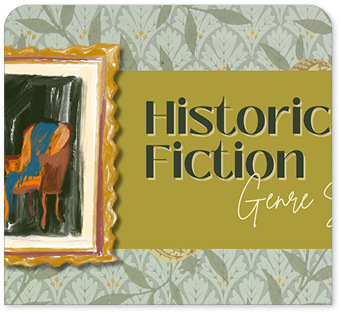-
Mon-Fri: 10AM to 8PM 01722665665
-
My Account
-
-
0
Total :
₹ 0.00

The author of the book is Mrs. M. Paul, who has meticulously researched and crafted this comprehensive text on Punjab's history and culture.
The book explores Punjab's history and culture from the earliest times up to the year 1849.
Key themes include the Harappan Civilization, the Vedic Age, the rise of Jainism and Buddhism, the evolution of Sikhism, and significant socio-economic and religious developments in Punjab.
Yes, the book contains short answer questions and the latest university question papers to aid students in their exam preparation.
The content is divided into units covering major historical periods and themes, followed by sections for short answer questions and university papers.
The book details the extent and town planning of the Harappan Civilization alongside its socio-economic life, highlighting its significance in Punjab's history.
The book thoroughly covers the teachings of Guru Nanak Dev Ji, institutional developments, and key transformations in Sikhism, including the martyrdom of significant Sikh figures.
Yes, the book includes a map that highlights major historical places in Punjab, enriching the historical narrative.
The examination consists of five questions, with one compulsory question and options to choose from for essay-type responses. Total marks for the exam are 45, with specific internal assessment criteria mentioned.
Students will develop critical thinking and analytical skills by interpreting historical texts, understanding socio-cultural contexts, and preparing for examinations through practical exercises provided in the book.
No Description Added
The author of the book is Mrs. M. Paul, who has meticulously researched and crafted this comprehensive text on Punjab's history and culture.
The book explores Punjab's history and culture from the earliest times up to the year 1849.
Key themes include the Harappan Civilization, the Vedic Age, the rise of Jainism and Buddhism, the evolution of Sikhism, and significant socio-economic and religious developments in Punjab.
Yes, the book contains short answer questions and the latest university question papers to aid students in their exam preparation.
The content is divided into units covering major historical periods and themes, followed by sections for short answer questions and university papers.
The book details the extent and town planning of the Harappan Civilization alongside its socio-economic life, highlighting its significance in Punjab's history.
The book thoroughly covers the teachings of Guru Nanak Dev Ji, institutional developments, and key transformations in Sikhism, including the martyrdom of significant Sikh figures.
Yes, the book includes a map that highlights major historical places in Punjab, enriching the historical narrative.
The examination consists of five questions, with one compulsory question and options to choose from for essay-type responses. Total marks for the exam are 45, with specific internal assessment criteria mentioned.
Students will develop critical thinking and analytical skills by interpreting historical texts, understanding socio-cultural contexts, and preparing for examinations through practical exercises provided in the book.


